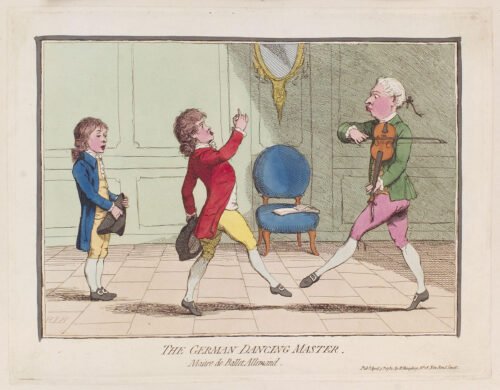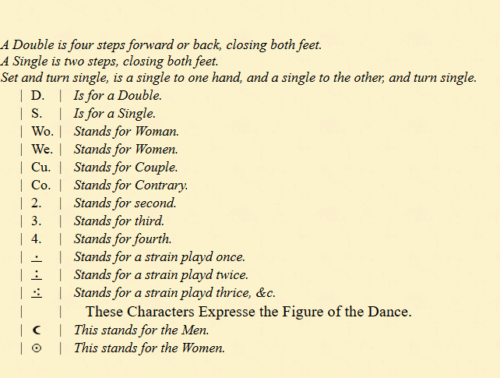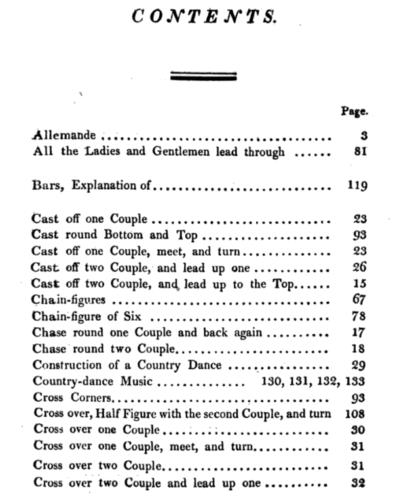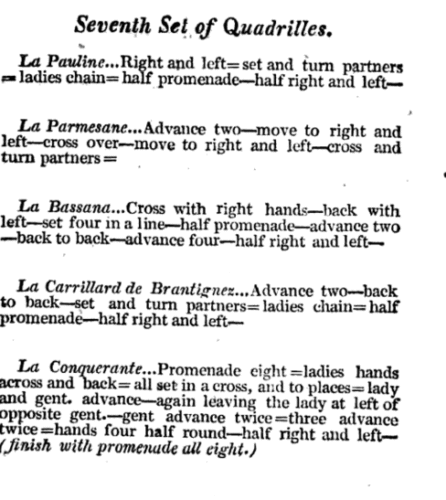Learning to Dance–The Recency Dance Master

Given the importance of dance during the Regency era, dance instructors could play a crucial part in a young person’s social future. Professional dance masters stepped up to fill the all-important role. Who were these dance masters and how did they instruct their pupils?
First, it is important to realize that dance masters (male or female, as there is evidence of women teaching dance) were not members of the gentry. They were not gentlemen or women, they offered a service and were paid for their labor, making them part of the working middle class. Thus, dance masters might be found at public assemblies or similar gatherings, they would not be found at high society balls or places like Almacks. (Which is a hint that there might be more than meets to eye with the dance master in Dancing with Dragons …)
Dance Masters were businessmen (and women), and like many business professionals, they often had their hands in as many ways to produce income as they could. John Playford (1623-1686), one of the earliest notable English dance masters, was a bookseller, publisher, minor composer and member of the Stationers’ Company. His wife ran a boarding school at their home from 1665-1679. He published books on music theory, instruction books for several instruments and psalters. The English Dancing Master in 1651 is one of his best-known works. It appears he turned to publishing dance and music instruction after working as an English Civil War correspondent and suffering capture by Cromwell’s men. A change of career followed that experience.
Later important English dance masters followed suit. Thomas Wilson (1774-1854) taught dancing, wrote a prodigious number of books, hosted balls, and was associated with the King’s Theatre Opera House. In 1780 he advertised that his wife, Mrs. Wilson, was available to provide private dance instruction at home or elsewhere. George Chivers ran his own dance academy aimed at the aspiring middle classes in London’s east end, published many books, including pocket guides to dance. His career probably began as a stage performer at the King’s Theatre Opera House. Like Mrs. Wilson, his wife also provided private instruction to ladies. He also invented dances of his own. Edward Payne (1792-1819) was a band leader, publisher, choreographer and inventor. He was involved in popularising two social dancing movements, the First Set of Quadrilles, and the Spanish Country Dances and he pioneered the use of a new barrel organ for Quadrille dancing. (All this reminds me of a quote from the musical ‘Hello Dolly’ “If you’re going live hand to mouth, you’d better be ambidextrous!”)

A young girl curtsies as a young man bows to her and the man plays the violin for them to dance. Etching by George Cruikshank.1835
Creative Commons Attribution only license CC BY 4.0 http://creativecommons.org/licenses/by/4.0/
Wellcome Images http://wellcomeimages.org
Dance instructions often began in childhood–arguably a much better time to learn than as an adult. This illustration suggests lessons taking place at a dance academy. In the back right, there is a girl standing against the wall in a ‘turn out box’ which was designed to help young dancers achieve a properly turned out stance, demonstrated by the two dancers on the left. Looks rather like torture to me–just saying.
In both this illustration and the one at the top of the page, the instructor is playing a cartoonishly tiny violin. This actually wasn’t a satirical illustration, but a depiction of an easily portable pochette or pocket violin, which would allow the dance master to provide music for his students. (Although I think having a fairy dragon sing the tune is a much more pleasant possibility, but to each their own, right?)

Families and groups of ladies could arrange for private lessons for their group. Apparently, there was also a market for dance instruction for gentlemen, as illustrated in “Grown Gentlemen taught how to dance.” (Again that sounds like something on Dolly Levi’s business card in Hello Dolly, but I digress.) Did you notice the man with his feet in a turn out box at the right of the illustration? Makes me think that those were a familiar, and much disliked facet of dance instruction in the day.
Once one had a grasp of the basic steps, or figures used in dances, one might try their hand (or would it be foot?) at learning new dances from the books dance instructors published.
Now, having put in many years as a university instructor, I’m necessarily fascinated by what those books might have looked like, so let’s have a peek.
Playford’s Dancing Master noted dances like this:


He provided this handy reference to his short hand.

In contrast, Thomas Wilson’s book, An Analysis of Country Dancing, offered a index whereby a dancer could look up the mechanics of the individual dance figures.
Chiver’s instruction manuals put the figures together into complex dances, like the quadrilles that became popular in the 1810’s.
So, once one actually learned these dances, the next hurdle would be remembering the steps during an actual event. How did they manage that? Watch this space for the answer next week!

References
Cooper, Paul. Edward Payne, Dancing Master (1792-1819). Regency Dances. November, 25, 2014, updated March 20, 2021. Accessed April 20, 2025. https://www.regencydances.org/paper009.php
Cooper, Paul. G.M.S. Chivers, Dancing Master. Regency Dances. July 20, 2015, updated December 26, 2024. Accessed April 20, 2025. https://www.regencydances.org/paper015.php
Cooper, Paul. The Life of Thomas Wilson, Dancing Master (1774-1854). Regency Dances. May 12, 2014, updated March 14, 2025. Accessed April 20, 2025. https://www.regencydances.org/paper005.php
Eastwood, Gail. Shall we Dance? Regency Dance Series-Part 4—How They Learned. Ricky Regencies. January 24, 2023. Accessed April 20, 2025 https://riskyregencies.com/shall-we-dance-regency-dance-series-part-4-how-they-learned/
Lady Dancing Masters in 18th Century England. Dance in History. May, 21, 2024. Accessed April 20, 2025 https://danceinhistory.com/2024/05/21/lady-dancing-masters-in-18th-century-england/

Thanks for this interesting post. I’m just reading Hannah More’s Strictures on the Modern System of Female Education. She thought “accomplishments” like dance were a good thing, but that people in her time were spending way too much time on them, to the neglect of more important learning. She says that people in London would have multiple dance instructors to teach different aspects of dance, starting with a military officer who would teach the girl to march. And, she ridicules the practice of holding dress balls for young children, teaching them vanity and making them spend hours a day learning the dances rather than playing outside and enjoying childhood. Too much, too early, apparently.